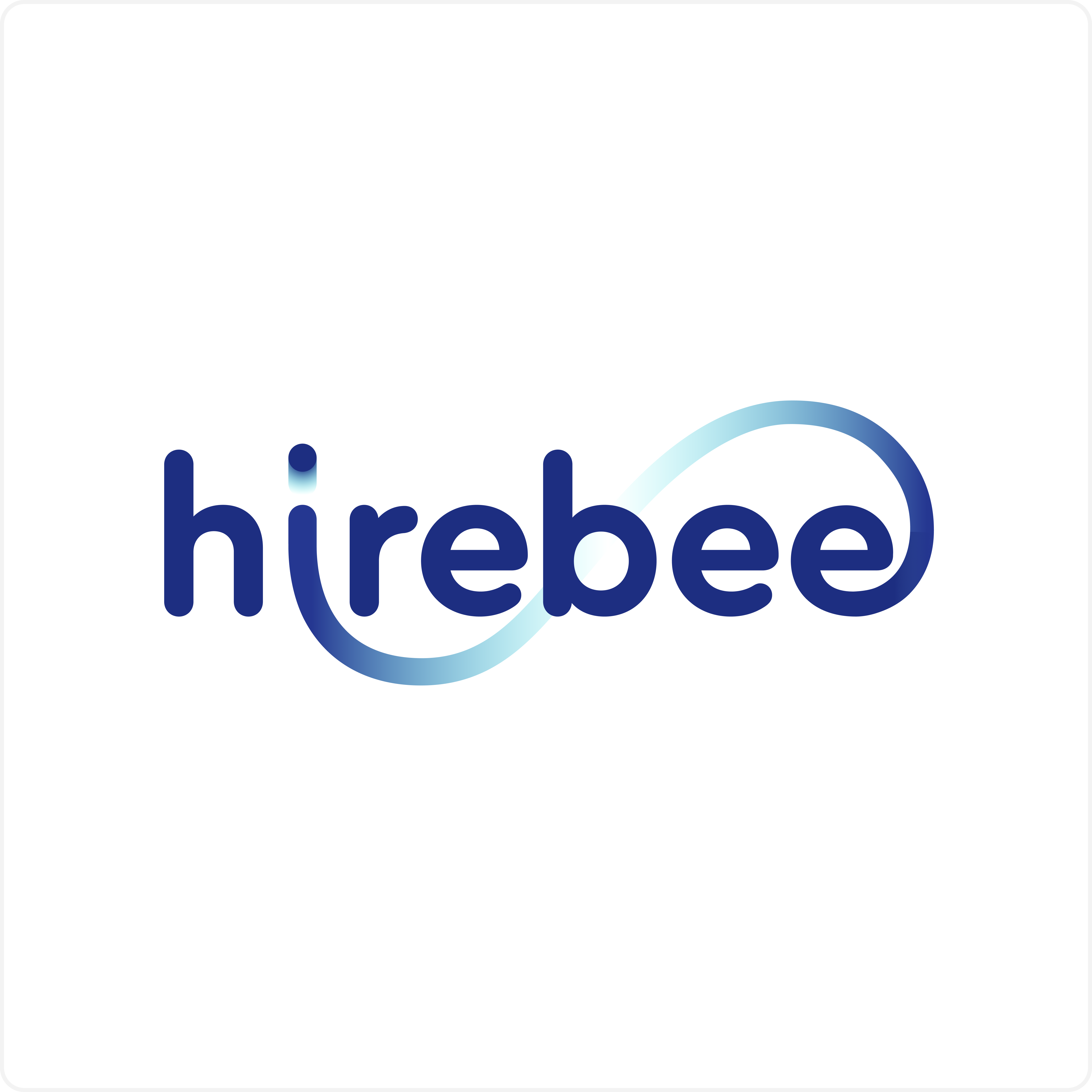Effective talent acquisition is crucial for organizations striving to attract and hire top talent. In today’s competitive job market, companies must adopt data-driven approaches to optimize their recruitment strategies. One essential aspect of measuring and improving talent acquisition is tracking applicant pipeline metrics. These recruiting metrics provide valuable insights into the effectiveness of the recruitment process, allowing organizations to identify areas for improvement, streamline operations, and make data-backed decisions.
Applicant pipeline metrics refer to key performance indicators (KPIs) that measure various stages of the recruitment process, from attracting candidates to hiring. These metrics provide a quantitative assessment of the applicant pool’s quality, conversion rates, sourcing channels, and time-to-hire vacancies. By tracking and analyzing these metrics, organizations can gain a comprehensive understanding of their recruitment performance, identify bottlenecks, and drive continuous improvement in talent acquisition practices.

The purpose of this outline is to provide a framework for understanding and implementing applicant pipeline metrics effectively. It will explore the key indicators that organizations should consider, the methods to track and analyze these metrics, and how they can be used to enhance talent acquisition strategies. By leveraging applicant pipeline metrics, organizations can optimize their recruitment efforts, attract high-quality candidates, reduce time-to-fill, and ultimately achieve better hiring outcomes.
In the following sections, we will delve into the specific metrics that organizations should prioritize, discuss approaches to tracking and analyzing these metrics, and explore how they can be utilized to drive improvements in talent acquisition. By implementing a data-driven approach and utilizing applicant pipeline metrics as a guiding compass, organizations can enhance their ability to attract, evaluate, and hire the best talent, thereby gaining a competitive edge in the dynamic and evolving job market.
Table of Contents
ToggleKey Performance Indicators (KPIs) for Applicant Pipeline Metrics

Application Conversion Rate
The application conversion rate is a fundamental metric that measures the percentage of applicants who complete the application process compared to the total number of individuals who initiate the application. It serves as a critical indicator of the effectiveness of attracting and engaging qualified candidates. A higher conversion rate implies a stronger candidate pool and a more efficient recruitment process.
Tracking the application conversion rate enables organizations to assess the impact of their employer branding, job descriptions, and application experience on candidate interest and completion rates. By analyzing factors that may influence the conversion rate, such as complex application forms or a lack of transparency, organizations can identify and address barriers to application completion, leading to improved conversion rates and a larger talent pool.
Time-to-Fill
The time-to-fill metric measures the duration it takes from the opening of a job requisition to the final candidate’s acceptance of the offer. It serves as a key indicator of recruitment efficiency and impacts the overall productivity and agility of an organization. Longer time-to-fill can result in increased costs, delayed project timelines, and missed business opportunities.
By tracking the time-to-fill metric, organizations can identify bottlenecks in their recruitment process, such as lengthy screening or interview stages, ineffective candidate sourcing methods, or inefficient decision-making processes. Analyzing these bottlenecks helps organizations streamline their recruitment processes, reduce time-to-fill, and enhance the overall candidate experience.
Sourcing Channel Effectiveness
The sourcing channel effectiveness metric evaluates the performance of various channels used to attract candidates, such as job boards, social media platforms, employee referrals, and direct sourcing. It measures the quantity and quality of applicants generated from each channel, providing insights into the most successful and cost-effective methods of candidate acquisition.
By tracking the sourcing channel effectiveness metric, organizations can determine which channels yield the highest number of qualified candidates and allocate their resources accordingly. This allows them to optimize their recruitment marketing efforts, invest in the most effective channels, and reduce reliance on less fruitful sourcing methods.
Candidate Quality
Candidate quality is a crucial metric that measures the caliber of applicants in the pipeline. It considers factors such as skills, experience, qualifications, cultural fit, and overall suitability for the role. Assessing candidate quality enables organizations to focus on attracting the most suitable candidates, resulting in better hiring decisions and improved organizational performance.
To measure candidate quality, organizations can establish screening criteria, conduct assessments, and evaluate candidates based on predetermined qualifications. By consistently tracking and analyzing candidate quality metrics, organizations can identify patterns, trends, and correlations between candidate attributes and subsequent job performance, enabling data-driven decisions in the selection process.
By focusing on these key metrics, organizations can gain a comprehensive understanding of their recruitment performance and make informed decisions to optimize their talent acquisition strategies. These metrics provide actionable insights into areas for improvement, allowing organizations to attract high-quality candidates, reduce time-to-fill, enhance candidate experiences, and ultimately build a strong and effective workforce.
Tracking and Analyzing Applicant Pipeline Metrics

Data Collection and Management
Tracking and analyzing applicant pipeline metrics require a systematic approach to data collection and management. Organizations should identify and collect relevant data points for each metric, such as the number of applications received, application completion rates, source of applicants, time stamps of various stages in the recruitment process, and candidate evaluation scores.
To effectively manage this data, organizations can leverage applicant tracking systems (ATS) or employee analytics software. These systems automate data collection, provide centralized storage, and enable easy retrieval and analysis. It is essential to ensure data accuracy, integrity, and compliance with privacy regulations throughout the data collection and management process.
Visualization and Reporting
Once the data is collected and managed, organizations should transform it into meaningful visualizations and reports. Visual dashboards can provide real-time insights into applicant pipeline metrics, allowing stakeholders to monitor progress, identify trends, and make data-driven decisions promptly. The dashboards should present key recruitment metrics and their trends, allowing for comparisons against targets and benchmarks.
Regular reporting is crucial to keep stakeholders informed about recruitment performance. HR teams, hiring managers, and senior leadership can benefit from tailored reports that highlight the key findings, trends, and recommendations based on metric analysis. These reports should provide actionable insights for improving talent acquisition strategies, addressing bottlenecks, and enhancing overall recruitment effectiveness.
Communication and Collaboration
Effective communication and collaboration among HR teams, hiring managers, and stakeholders are essential for leveraging applicant pipeline metrics. Regular meetings and discussions should be held to share insights, discuss challenges, and align on improvement strategies based on the metrics. Collaboration can lead to a shared understanding of recruitment goals, alignment on priorities, and the implementation of coordinated actions.
It is important to foster a data-driven culture within the organization, where applicant pipeline metrics are valued and integrated into decision-making processes. This requires education and training to build data literacy and analytical skills among HR professionals and other stakeholders. By promoting a culture of data-driven decision-making, organizations can maximize the impact of applicant pipeline metrics on talent acquisition outcomes.
Continuous Improvement
Applicant pipeline metrics should not be viewed as static figures but as dynamic indicators that require continuous monitoring and optimization. Organizations should regularly review and analyze the metrics to identify areas for improvement and implement iterative changes to recruitment strategies and processes.
By monitoring metric trends over time, organizations can assess the effectiveness of implemented improvements and make data-backed decisions about further optimizations. Continuous improvement efforts may involve refining job descriptions, streamlining application processes, optimizing sourcing channels, enhancing candidate screening methods, or improving communication with candidates.
Evaluating the Impact of Changes
To evaluate the impact of implemented changes, organizations should track and analyze applicant pipeline metrics after making modifications to their recruitment strategies and processes. By comparing metrics before and after changes, organizations can measure the effectiveness of improvements, identify any unintended consequences, and refine their approaches accordingly.
Measuring the impact of changes should consider not only the immediate metrics but also the overall recruitment outcomes, such as the quality of hires, employee retention rates, and performance indicators. This holistic evaluation helps organizations understand the direct and indirect effects of changes on their talent acquisition efforts and enables continuous learning and improvement.
By tracking, analyzing, and acting upon applicant pipeline metrics, organizations can drive continuous improvement in their talent acquisition processes. These metrics provide valuable insights into recruitment performance, highlight areas for enhancement, and enable data-driven decision-making, ultimately leading to more efficient and effective talent acquisition strategies.
Using Applicant Pipeline Metrics to Improve Talent Acquisition

Benchmarking and Goal Setting
Benchmarking applicant pipeline metrics against industry standards and internal targets is an important step in leveraging these metrics effectively. By comparing recruitment performance to industry peers, organizations can gain insights into their competitiveness and identify areas where they may be lagging or excelling.
Setting realistic and achievable goals based on applicant pipeline metrics is crucial for driving improvement in talent acquisition. Organizations can establish targets for metrics such as application conversion rate, time-to-fill, sourcing channel effectiveness, and candidate quality. These goals provide a clear direction for recruitment efforts and serve as a basis for measuring progress and success.
Identifying Bottlenecks and Areas for Improvement
Applicant pipeline metrics serve as a diagnostic tool to identify bottlenecks and areas for improvement in the recruitment process. By analyzing the metrics, organizations can pinpoint stages where delays, drop-offs, or inefficiencies occur, hindering the flow of qualified candidates.
Identifying bottlenecks enables organizations to implement targeted improvements. For example, if the time-to-fill metric reveals prolonged screening processes, streamlining the screening stage or introducing automated assessment tools can help expedite the process. Analyzing applicant pipeline metrics helps organizations optimize each stage of the recruitment process to enhance efficiency, reduce drop-off rates, and improve the candidate experience.
Continuous Optimization
Applicant pipeline metrics should be continuously monitored and analyzed to drive ongoing optimization of talent acquisition strategies. By tracking the metrics over time, organizations can identify trends and patterns, enabling them to make proactive adjustments to their recruitment approaches.
For instance, if sourcing channel effectiveness metrics indicate that employee referrals consistently yield high-quality candidates, organizations can invest more resources in promoting employee referral programs. Continuously optimizing talent acquisition strategies based on metric insights allows organizations to adapt to changing market conditions, improve efficiency, and attract the right talent.
Evaluating the Impact of Changes
When implementing changes to talent acquisition strategies based on applicant pipeline metrics, it is essential to evaluate their impact. Organizations should measure the effects of implemented improvements on recruitment outcomes and metrics.
For example, if changes were made to the screening process to improve candidate quality, organizations can assess the subsequent impact on metrics such as candidate quality, time-to-fill, and retention rates. Evaluating the impact of changes helps organizations determine the effectiveness of their interventions and make data-driven decisions about future adjustments.
By leveraging applicant pipeline metrics to improve talent acquisition, organizations can optimize their recruitment processes, attract high-quality candidates, reduce time-to-fill vacancies, and make better hiring decisions. The iterative nature of using metrics allows organizations to continuously enhance their talent acquisition strategies, align them with business objectives, and gain a competitive advantage in the marketplace.
Conclusion
Applicant pipeline metrics play a vital role in effective talent acquisition by providing quantifiable insights into the recruitment process. Tracking and analyzing metrics such as application conversion rate, time-to-fill, sourcing channel effectiveness, and candidate quality enable organizations to assess their performance, identify areas for improvement, and make data-driven decisions.
By benchmarking against industry standards and setting goals, organizations can strive for excellence in talent acquisition. By identifying bottlenecks and areas for improvement, they can streamline processes and enhance efficiency. Continuous optimization based on metric insights ensures organizations stay agile and responsive to changing market dynamics.
Evaluating the impact of changes made in response to metric analysis allows organizations to measure the effectiveness of their improvements and refine their strategies further. Ultimately, by leveraging applicant pipeline metrics, organizations can attract top talent, reduce time-to-fill, enhance the candidate experience, and build a strong and successful workforce that drives organizational success.









